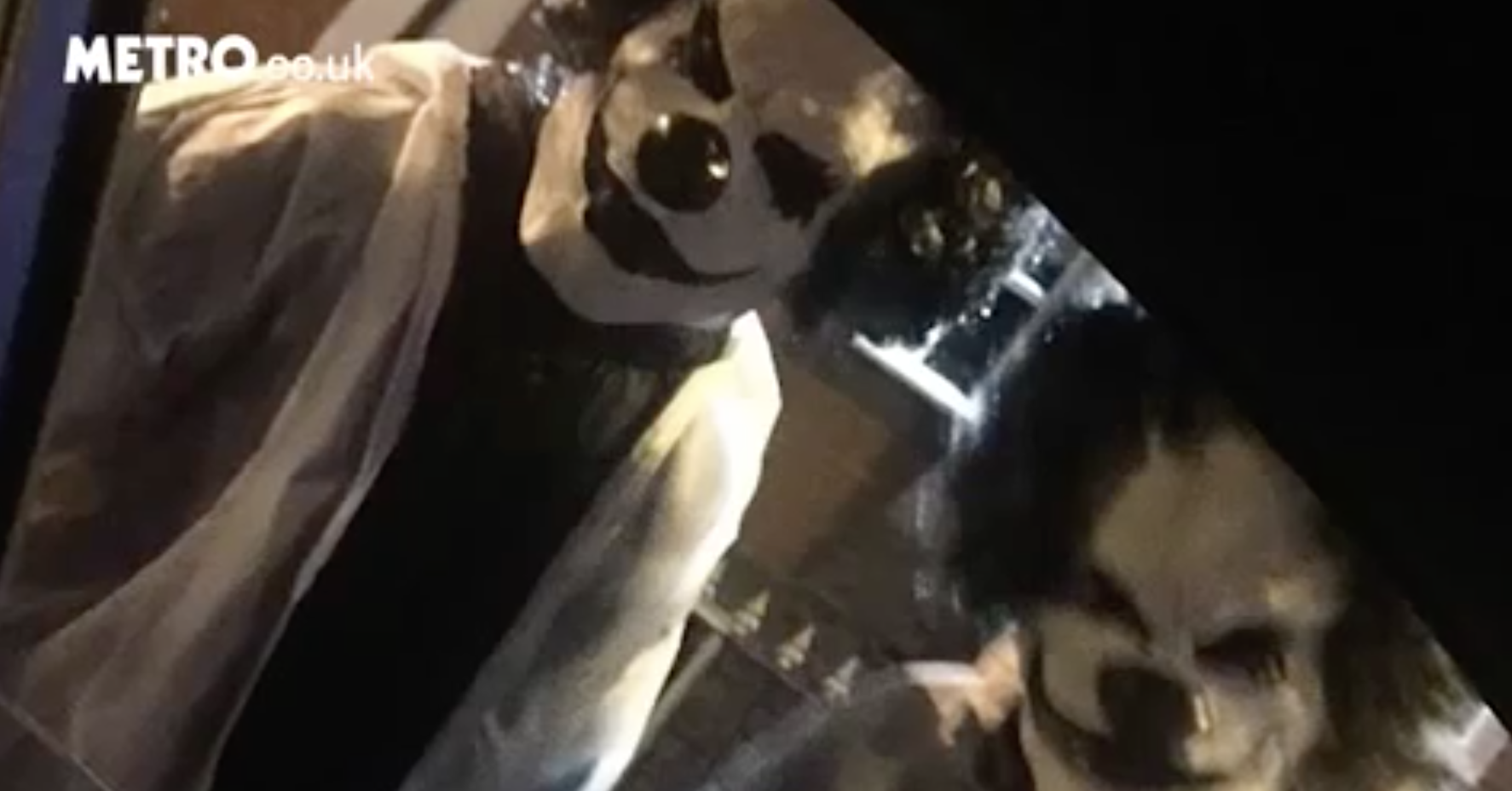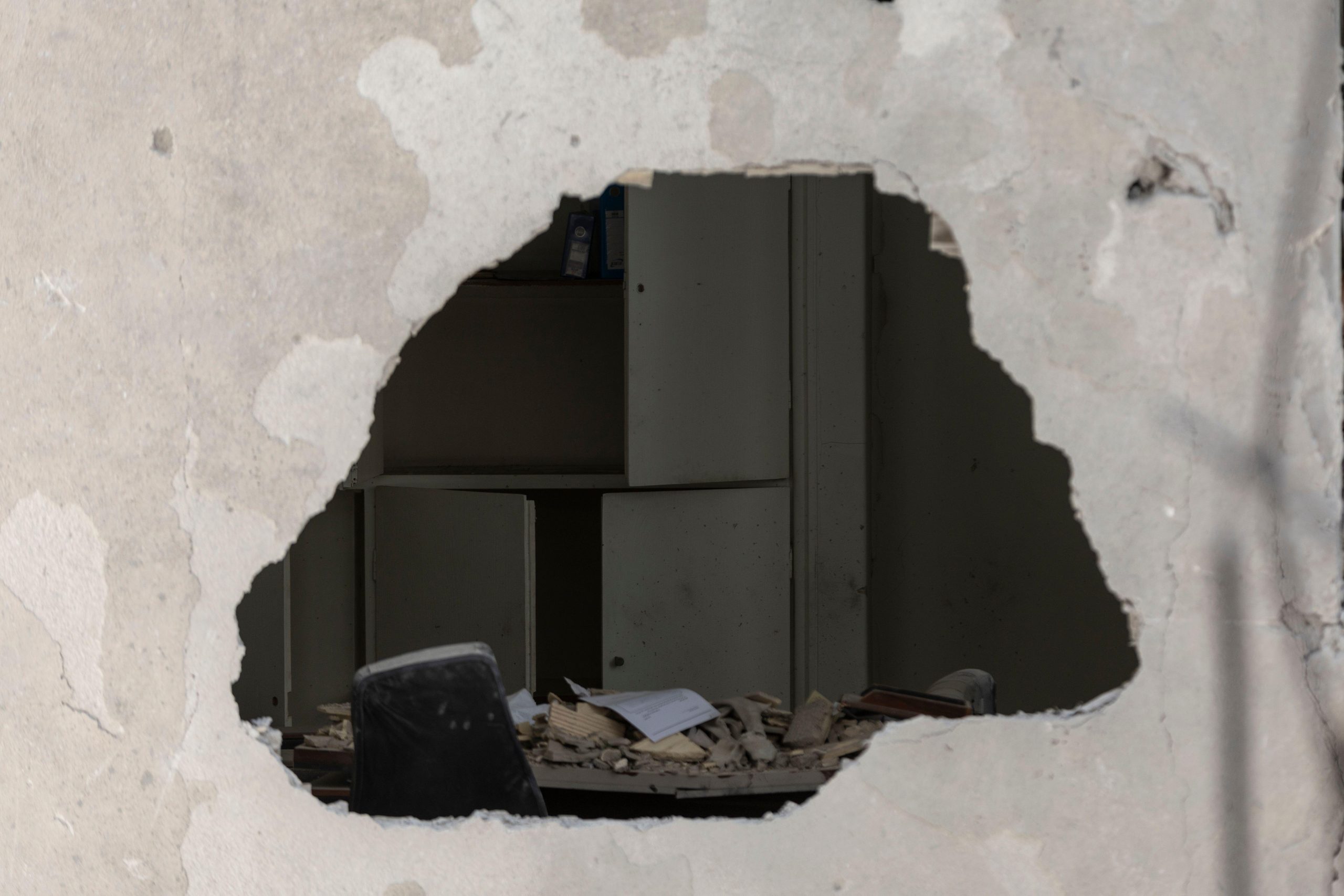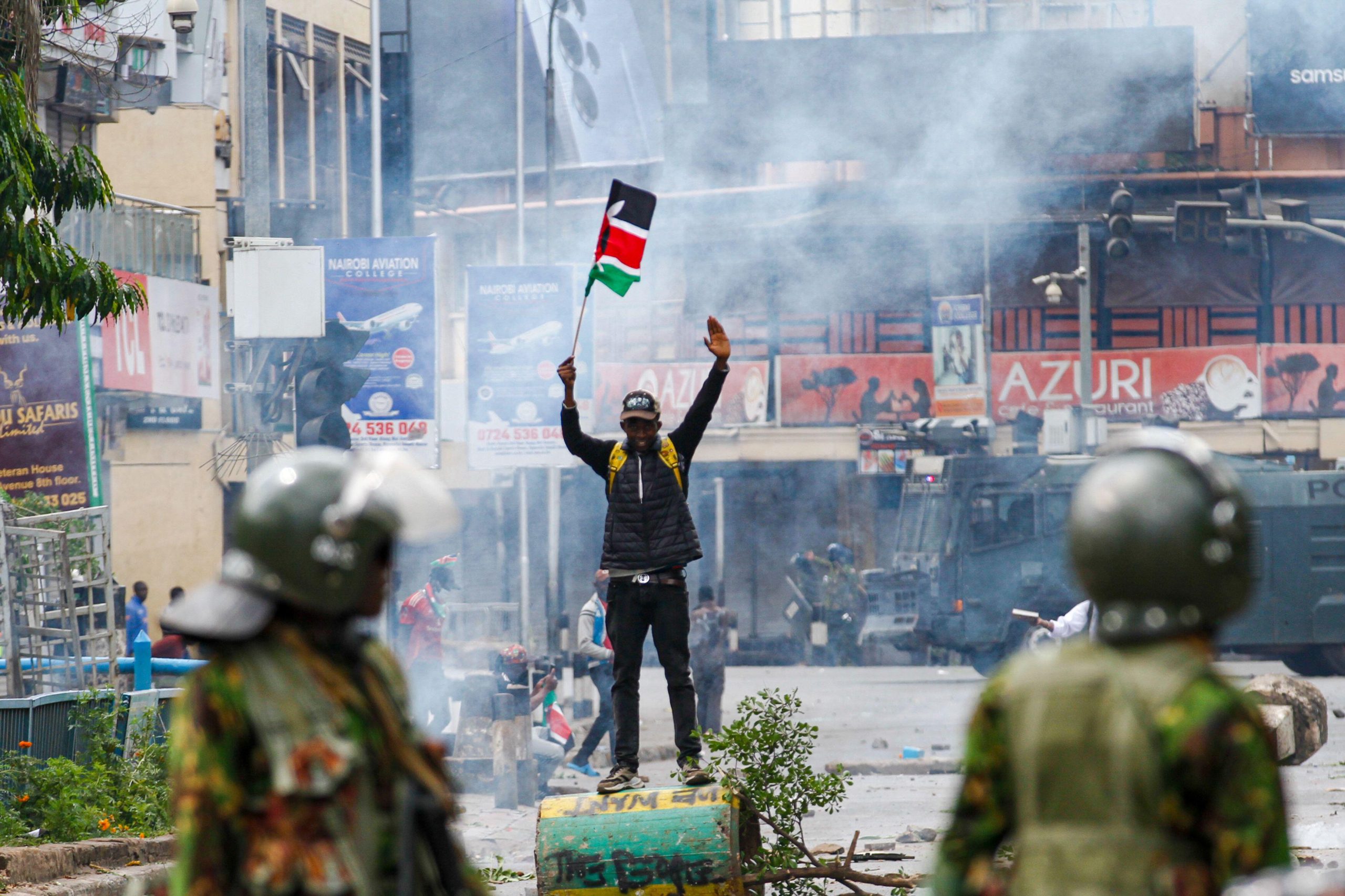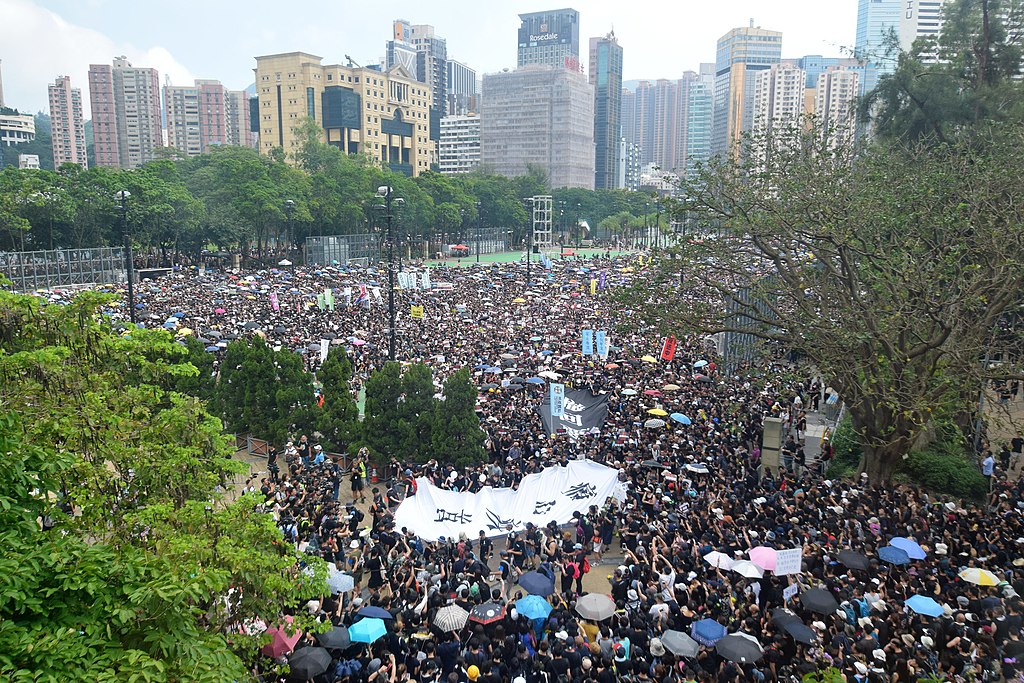[vc_row][vc_column][vc_column_text]

Battle of Ideas 2016 Comedy and censorship: Are you kidding me? When: 23 October, 10-11:30am Creepy clowns: Horror,social media and urban myth When: 22 October, 4-5:15pm From hate speech to cyber-bullying: Is social media too toxic? When: 22 October, 4-5:15pm |
I remember the happy clowns of my childhood when the family would sit in front of the TV during the festive holidays to delight at the magnificent performances of the colourful pranksters in Billy Smart’s Christmas Circus.
This sensibility of the clown as the fool, the butt or object of ridicule, loveable but sad, hiding a deep melancholy beneath the exaggerated forced smile was prevalent throughout the twentieth century and was a muse for poets and artists such as Picasso, Bruce Nauman and Uno Rondinone.
The image of the clown changed as I grew older. With glam rock in the 1970s came Leo Sayer’s clown phase and David Bowie’s Lindsay Kemp phase, which re-surfaced in his video for Ashes to Ashes.
But why has the clown now leapt from the realms of the circus, pantomime and contemporary art into our everyday reality? It may the lead up to Halloween but in suburban America the craze of the “creepy” or “killer clown” has reached hysterical proportions. Unsettling, scary individuals dressed as clowns are reported across the media in the USA terrorising the public.
According to Time the craze began in South Carolina in late August where clowns were allegedly spotted trying to lure children into the woods. These reports were unsubstantiated but through meme culture and the media, the frenzy has now gripped the UK. The hysteria has led to lynch mobs hunting down clowns and the banning of clown suits. I have friends and family who told me that school authorities have sent letters, emails and texts to parents warning them about clowns. A policeman even came to visit a school asking secondary school pupils to be on alert.
With the school authorities and the law further whipping up a moral panic about psychotic clowns on the loose, it’s no wonder that children with highly fertile imaginations are spooked and parents are feeling anxious. One twelve-year-old girl daren’t leave the house and sleeps in her parents’ bed. This story has become a familiar one. The panic has even led to the cancellation of a theatre group, The Clown Doctors (the actors wear red noses), who were due to perform in a children’s hospital in Newcastle because “the hospital security said they had been placed on a local hit list for the killer clown craze”.
Fancy dress shops have been asked by the police not to sell clown costumes to anyone suspicious and the NSPCC’s Childline received more than 120 calls from worried children. Instagram, Facebook, Twitter and online news services are awash with impending doom that killer clowns are on the rampage in our communities. What the hell is going on?
Of course, young people love playing pranks on each other but any adult trying to scare children out of their wits by chasing them, or lurking in dark areas, shouldn’t be surprised if they get a punch on the red nose. However, proactively hunting down creepy clowns is stretching the horror narrative a step too far.
Clowns are ambivalent figures where sadness and humour intermingle, but as with most romantic dispositions, there is a dark side to the persona. French Romantic Poets such as Theophile Gautier, Gerard de Nerval and Charles Baudelaire imagined a dark transformation from the happy face/sad visage of the Pierrot to a more tragic figure: “The mask began to give way to reveal a skull beneath, the presence of death.”
The transformation of the clown into the grotesque is indicative of the times we live in. We increasingly feel powerless, disconnected, anxious, paranoid, traumatised, in need of being protected, triggered by certain books, films, art and speech that make some people feel uncomfortable. In this world the clown has become the bogeyman, the outsider, the anti-social, anti-establishment figure of imminent doom, rather like Heath Ledger’s mesmeric portrayal of the nihilistic, terrorist Joker in Christopher Nolan’s The Dark Knight.
This clown’s performance of terror in our everyday lives reveals the growing breakdown of public space as civil, social space. Sociality, the sphere of social intercourse, and sodality – the sense of fraternity and belonging to community in deep and multiple ways – are eroded and replaced by narcissistic attention seeking, exhibitionist tendencies.
The “killer clown” meme is the extreme selfie, demanding that we look at them, that perhaps beneath the grotesque clown mask he or she may have some hidden depths of quality, but sadly that is not the case. They are simply creeps.
Having said that, social media and public space should allow for a multiplicity of expressions. The tiny minority of extreme, aggressive clown’s performing outside of the frameworks of art, theatre, film, circus, the internet and Halloween cannot scream victimhood if they are given a hiding for being deliberately anti-social. However, most of the menace seems to be hyped up via meme culture, the media, hearsay and unsubstantiated stories. It’s how urban myths are created and the craze will eventually die down and fade away.
The greater question we should be asking ourselves is how is it that children, young people, adults and the authorities alike have come to be gripped by this public performance of perceived terror?[/vc_column_text][vc_basic_grid post_type=”post” max_items=”4″ element_width=”6″ grid_id=”vc_gid:1485724639176-d1dda485-42a7-8″ taxonomies=”8826″][/vc_column][/vc_row]





